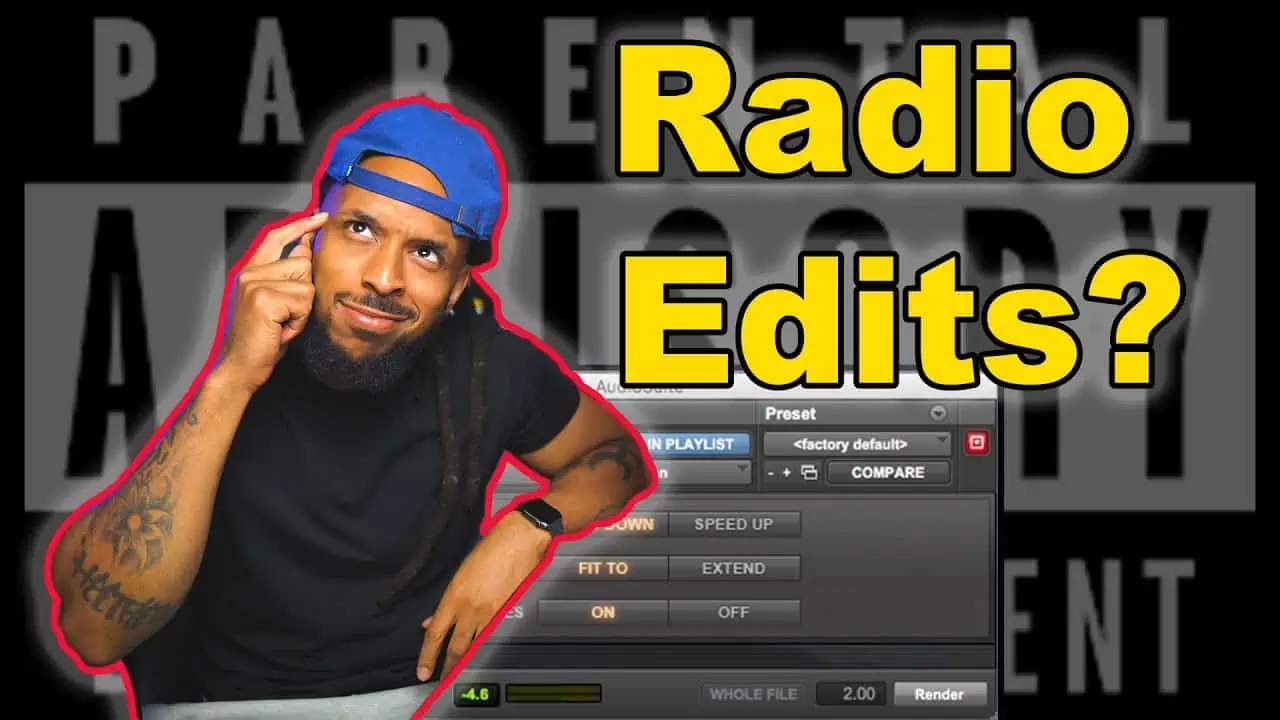How To Mix Master Radio Edit Leave a comment
How To Get Mix & Master Radio Edit
Mastering a song involves taking a mix and putting the final touches on it by elevating certain sonic characteristics. This can involve aspects like adjusting levels, applying stereo enhancement, and monitoring for clicks and pops–anything that could distract the listener from the music. The end result is a polished, clean sound that is optimized for consistent playback across different formats and systems.
Is mastering necessary?
Mastering makes the sound cohesive across the record and prepares the music for different distribution formats, such as Vinyl, MP3/AAC, streaming services such as Spotify, and broadcast. In today’s world, mastering is necessary to create that “finished” sound that you hear everyday in everything from television commercials to radio and streaming.
What’s the difference between mixing and mastering?
Mixing happens at the start of post-production, when a mixing engineer sculpts and balances the separate tracks in a session to sound cohesive when played together. Mix engineers reduce imbalances between instruments by adjusting balance and color, tighten rhythmic patterns, and emphasize important song elements with tools like EQ, compression, panning, and reverb.
A mastering engineer then listens to the whole piece as a stereo mixdown. They’re thinking about the finished product and if there’s something they might need to do to improve the sound. This involves correcting and enhancing aspects of the mix including level and tone with tools like

to ensure optimal playback quality across all systems and formats before distribution. In cases where a project contains more than a single track, Mastering engineers not only work to improve each individual track but also work to establish a consistent listening experience across an entire album.


